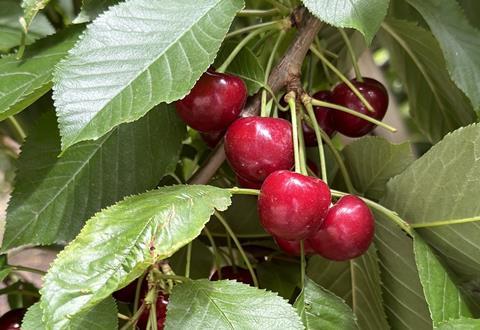Sector reports strong sales and good prices on the international and domestic market, but Chilean threat looms
Argentine exports of fresh cherries are estimated to have reached a record 7,600 tonnes in 2024/25. Companies reported good prices in both the international and local markets thanks to sustained demand for the product, despite the entry of Chilean fruit into the domestic market.

“The season is going to end well in general terms. Some regions knew how to capitalise on opportunities in China before the arrival of maritime shipments to that market. This early volume allowed for good prices and smooth marketing,” Aníbal Caminiti of the Argentine Chamber of Integrated Cherry Producers (Capci) told Más Producción.
The strong results were largely due to improved productivity and logistics. New technologies helped guarantee post-harvest quality and better cold storage allowed fruit to be transported to more distant destinations.
Argentina’s early Southern Hemisphere production window also meant its cherries entered the market in a period of low supply and high demand, which translated into higher prices. Chile, by contrast, saturated the Chinese market in the months of January and February, leading to a sharp fall in prices which also impacted other markets such as the US, Europe and the Middle East.
Capci said the surge in new plantings in Chile remained concern for the future. “If the next season is favourable in terms of climate, Chile will have a greater exportable production and that will impact our markets even more. This will affect our prices and force us to rethink strategies,” Caminiti noted.
He also sounded the alarm about the growing presence of Chilean cherries on the Argentine market.
“This year, costs had a significant impact. Labour increased by 80 per cent, energy by 140 per cent and taxes increased by 110 per cent in pesos. This makes us less competitive compared to Chile, where production costs are lower,” Caminiti said. “More than 1,000 tonnes of Chilean cherries were imported this season, 20 per cent of the total domestic market. If this trend continues to grow, it could be a threat to local producers.”



